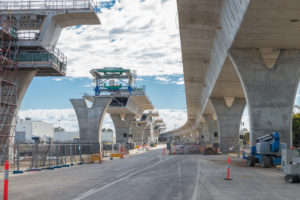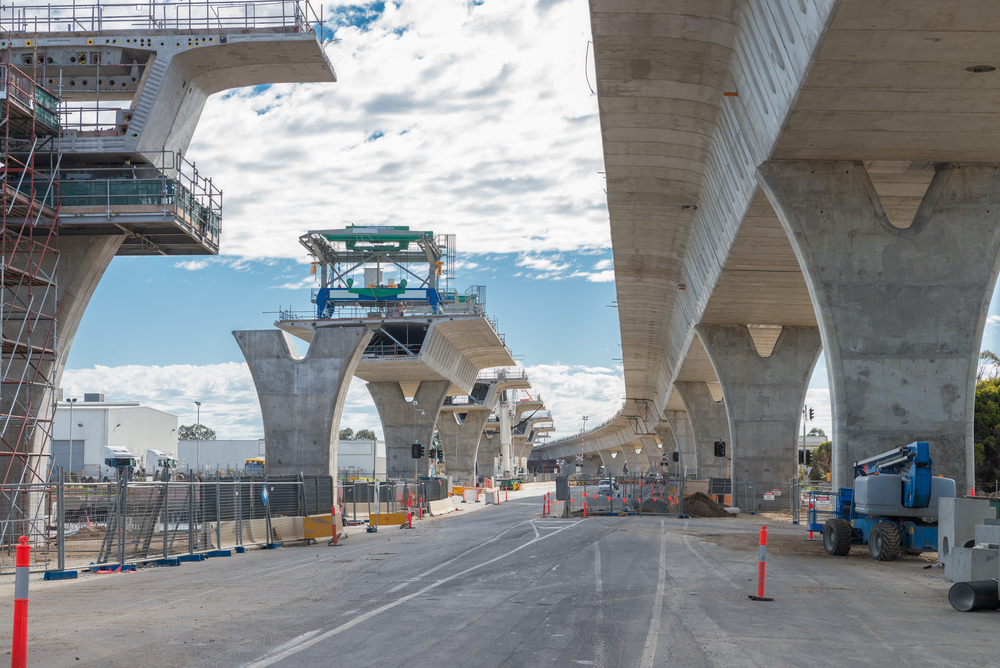
Retainage is the withholding of a percentage of payment to ensure the successful completion of construction projects. Since cash flow is so vital to the success of a project, many states have enacted statutes to regulate this practice as much as possible. The statutes governing retainage in Colorado are specifically geared towards public works contracts. This guide will provide all you need to know about the Colorado retainage laws covering public projects.
Colorado retainage overview
The Colorado retainage laws are codified in Colo. Rev. Stat. §§24-91-103 to 110. These statues only apply to certain public works projects, not to private projects. This includes any project funded by a state, county, city, town, district, or any political subdivision thereof.
These regulations will only apply to construction contracts over $150,000. If, however, any portion of the project is paid for with federal funding, the requirements concerning retention and payments will not apply.
Ultimate Guide to Retainage in the Construction Industry
Amount of retention
The Colorado retainage statutes require that the public entity pay at least 95% of the contract price if any contracted work, improvement, or construction. This means the maximum amount that’s allowed to be withheld from a general contractor on a Colorado public works project is 5% of the amount due on all partial payments.
However, this can change once progress under the contract has reached 50% completion. At this point, future progress payments may not have any retainage withheld. This can occur if the public entity determines that the contractor has been making satisfactory progress. If so, then no retainage will be withheld from the remaining progress payments. If not, the public entity can decide to continue withholding retainage at any rate, as long as it’s less than 5%.
Payment of retainage
Once the project has reached substantial completion, the contractor may make a written request for the authorization and release of the final payment and any withheld retainage. Substantial completion has been defined by the state. This is the date when construction is sufficiently complete, in accordance with the contract documents, so that the work is available for use by the owner. Additional punch work items or warranty work won’t affect the date of completion.
If the public entity determines that the contract has been completed satisfactorily and has formally accepted the work, final retainage shall be paid within 60 days. Once the contractor has received payments from the public entity, the clock to pay their subs and suppliers any retainage withheld in their subcontracts starts to tick. If they have reached satisfactory completion, then the withheld retainage shall be paid within 7 days of receipt of payment from the public entity. The same applies to sub-subcontractors, and so on down the chain.
Substitution of securities
A contractor may have the ability to withdraw some, or all of the withheld retainages if they elect to substitute some sort of “acceptable security.” Acceptable security can be a US bond or treasury note/bill, state or local general obligation or revenue bonds, or a state or national certificate of deposit.
If so, this must be at least equal to the value of the retainage withdrawn by the contractor. What if the market value of the securities falls below the amount of retainage withdrawn by the contractor? The public entity must then give notice to the contractor to deposit additional securities to match the amount. Upon completion of the project, any interest accrued by the securities will be payable to the contractor.
Late payment
Retainage payments are treated as any other payments under the Colorado Prompt Payment Act. This means that any payment of retainage that is unreasonably withheld past the statutory deadline will be subject to interest accrual. The rate of which will be 15% a year, or the interest established in the subcontract; whichever is greater.
Public entity takeover of contracts
If it becomes necessary at any point throughout the project for the public entity to take over the completion of a contract, there is a specific distribution sequence that must be followed. The withheld retainage must first be used to pay off things like the remaining performance under the contract and any surety bond costs. If after paying off all of these costs, there is still money remaining, the retained percentage due to any contractors shall be paid within 30 days of final acceptance by the public entity.
Bottom line
Retainage is a practice that is, controversial at best. It, however, is a reality on most construction projects, particularly public projects. Depending on the size of the project and contract, this can add up quickly. Knowing your rights to these withheld amounts can help ensure that you get paid all that you’ve earned.
Additional resources
- Colorado Bond Claim Guide & FAQs
- Retention Bonds | An Alternative to Waiting for Retainage
- Colorado Prompt Pay Act | Payment Help for CO Contractors



